The Ultimate Guide to Landscaping Stones for Garden Enthusiasts
Adding landscaping stones and rocks to your garden can create a visually appealing contrast while introducing year-round texture and character to your outdoor space. Flagstones, landscaping rocks, and even small or large landscaping stones offer durable and low-maintenance groundcover options to enhance the overall design.
Landscaping with stones allows you to mix and match materials like brick pavers, salinas brothers inc. stones, and other rock varieties to craft your desired aesthetic. Properly designed landscaping using stones can make a powerful statement, whether as accent pieces, pathways, or striking garden features.
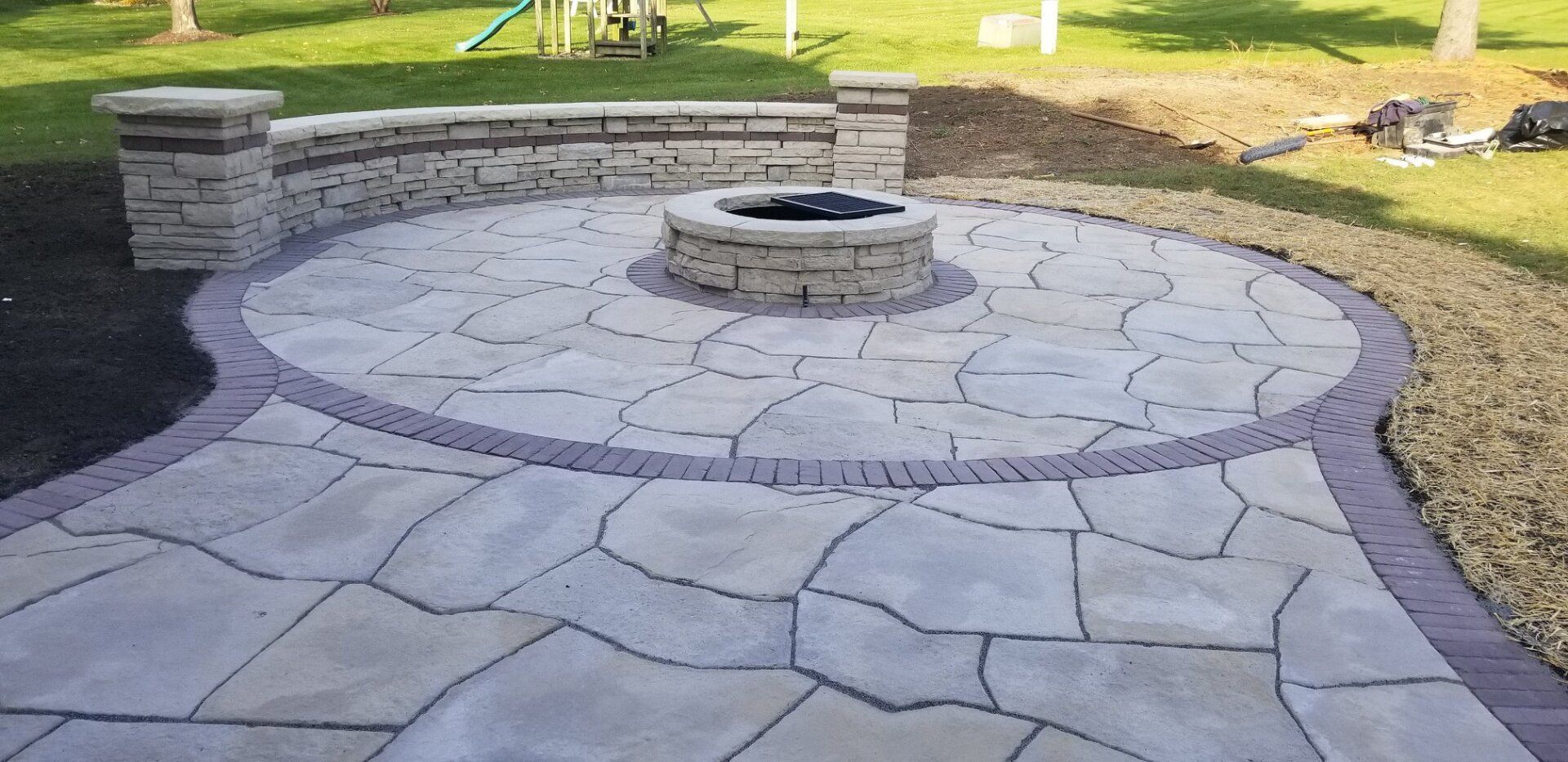
Understanding Landscaping Rocks
Types of Landscaping Rocks
Landscaping rocks come in various forms, sizes, and materials, offering a wide range of options for garden enthusiasts. Here are some common types:
- River Rocks: These smooth, rounded rocks are formed by the natural erosion of water over time. They are ideal for creating natural features like waterfalls, rock beds, and walkways, adding a zen-like ambiance to your garden.
- Gravel: Gravel is a versatile choice that can be used as a soil amendment, decorative ground cover, or in water features. Different types of gravel can be employed based on your climate and soil conditions.
- Crushed Stones: These are individual rocks ground into smaller pieces, making them easy to move and compact into various landscape designs like borders, paths, and steps.
- Pebbles: Small, round pebbles are perfect for creating garden ponds and streams, while larger, irregular pebbles can be used to create hills and valleys.
- Lava Rocks: Formed from solidified lava, these natural and versatile rocks are suitable for garden beds, paths, and other areas around the house.
- Mexican Beach Pebbles: Known for their smooth, black appearance, these natural stones found on Mexican beaches are often used to give a garden a rustic look.
Benefits of Using Landscaping Rocks
- Low Maintenance: Unlike lawns, rock landscapes do not require mowing, watering, or fertilizing, making them an easy-to-maintain option.
- Pest Resistant: Organic mulches like wood chips can attract termites, but rock mulch is less hospitable to destructive pests.
- Durable: Rocks can withstand foot traffic and rough treatment better than grass, vines, or other groundcovers.
- Long-Lasting: While organic mulches break down quickly, rock mulch can last for an extended period without needing replacement.
- Variety of Choices: Rock supply businesses offer an extensive range of rock products in various sizes, colors, and textures to suit different design preferences.
- Improved Drainage: Gravel or rock products allow water to move freely, reducing puddling after rain.
- Cost-Effective: With a rock landscape, you can save money on lawn maintenance, water bills, and fertilizers over time.
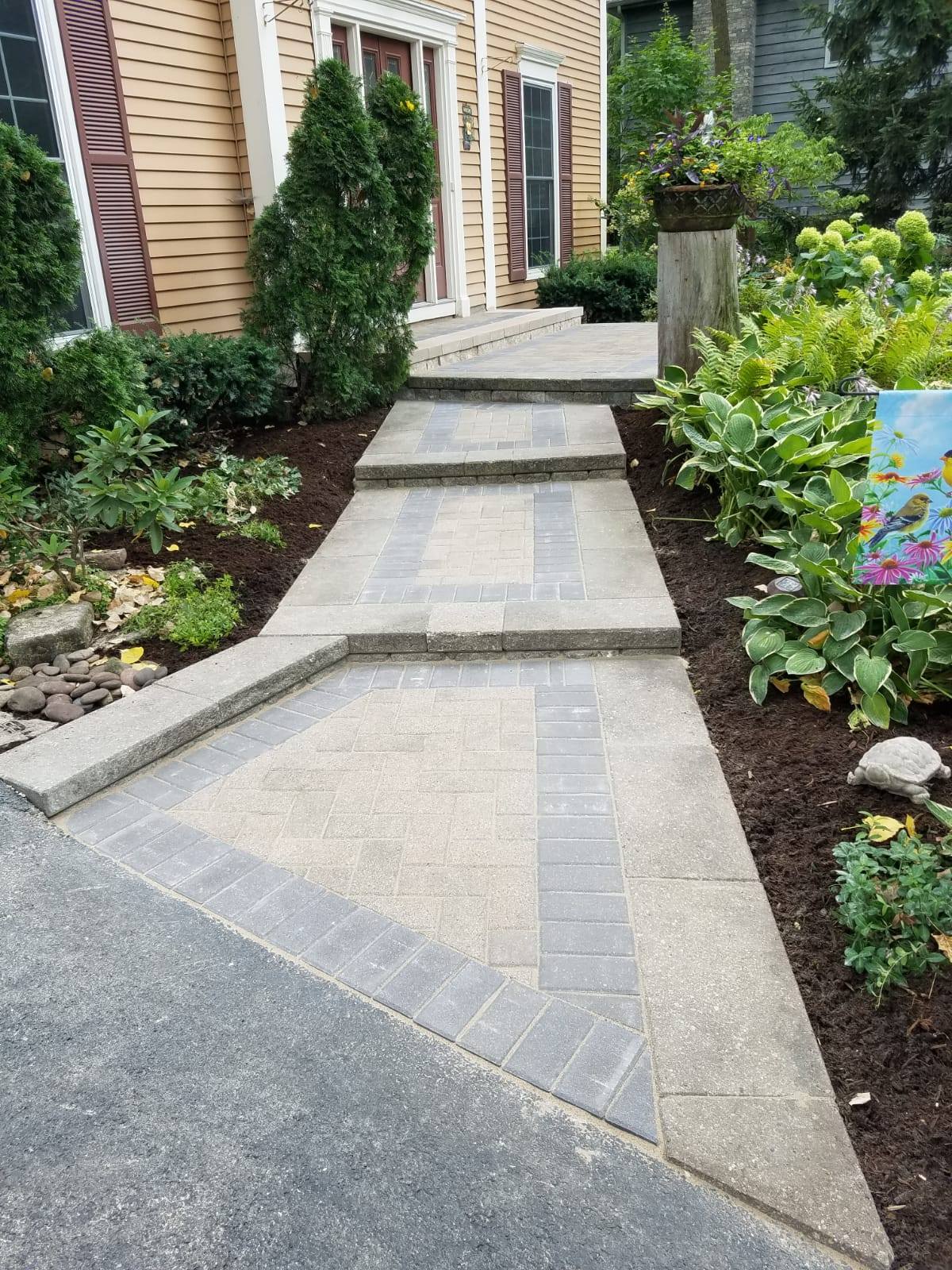
Factors to Consider When Choosing Rocks
- Rock Size: Larger stones like boulders can define spaces, while smaller rocks and gravel can serve as a base for accent pieces or plants.
- Rock Type: Using locally sourced rocks can give your garden a natural look and feel, which is a popular choice among homeowners.
- Greenery Visibility: The amount of greenery visible in your rock garden depends on your climate and desired aesthetics.
- Water Features: Incorporating water features like ponds or waterfalls can complement rock gardens, creating a serene and zen-like atmosphere.
- Maintenance: While rock gardens generally require less maintenance than traditional gardens, some rock types may require occasional cleaning or rearranging.
- Climate Suitability: Consider the climate in your area and choose rocks that can withstand extreme heat, cold, or wet conditions.
- Plant Selection: If you plan to incorporate plants into your rock garden, choose varieties with strong stems that can thrive in the rock environment.
- Drainage: Larger rocks promote better drainage, while smaller rocks may slow drainage and retain moisture in the soil.
- Design Style: Different rock types and colors can complement various design styles, from traditional to modern and minimalist.
By understanding the types of landscaping rocks available, their benefits, and the factors to consider when choosing them, you can create a visually appealing and low-maintenance outdoor space that reflects your personal style and preferences.
Designing with Landscaping Rocks
Planning Your Landscape Design
Adding a rock garden to your yard is a creative way to add depth and dimension to a flat or mundane space, or to introduce an element of surprise. The rugged appearance of rock adds earthy appeal, connecting a manmade landscape to the natural world. Prior to embarking on the rock
landscaping journey, thorough site preparation is essential. This involves clearing debris, assessing soil quality, and ensuring effective drainage. These preparatory steps lay the foundation for a successful rock landscaping project.
- Consider the Site: Where would a rock garden look best in your yard? Is the site in sun or shade? Will plants need regular water, or will it be a drought-tolerant landscape? Don't be afraid to think outside the box. Even a front yard can be the site of a rock garden.
- Scale and Style: Use materials that are in scale with your home and yard. Big boulders can overwhelm a small space, while small stones will get lost in a sweeping landscape. Rough irregular rocks add rugged natural appeal, while smooth pebbles or clean white gravel lend a more formal appearance, such as with Japanese rock gardens and Zen rock gardens. Create a look that complements your home's style as well as the rest of the yard.
- Cohesive Design: Take a cue from Mother Nature by making the rock garden look like it belongs. This will make the design more visually pleasing and cohesive with the rest of the yard. Random groupings of stones will look more natural than placing them in neat rows or organized patterns.
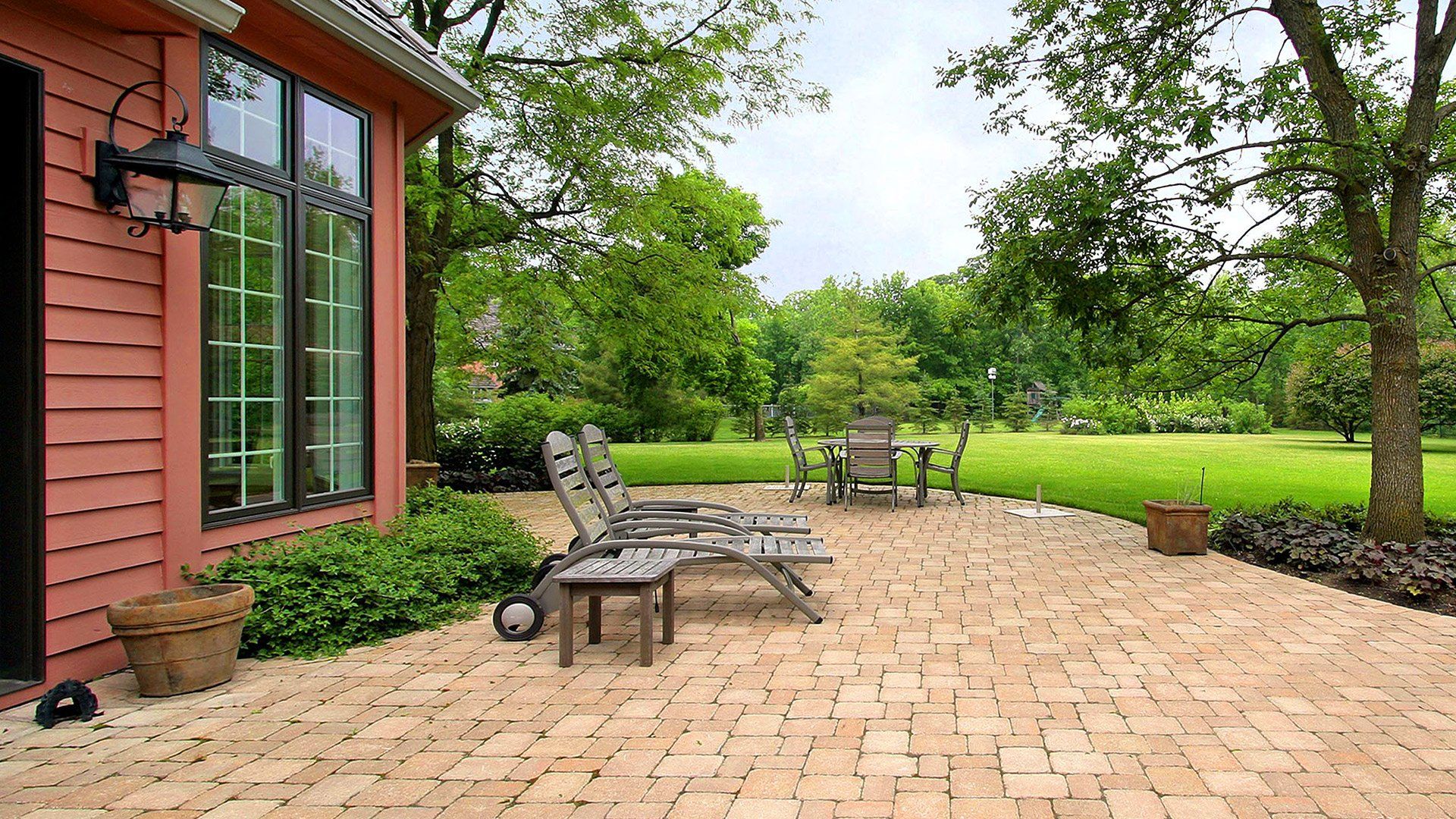
Incorporating Rocks into Different Areas
Rocks can be used to define a slope, act as a substitute for a lawn, or become a solution to an area where little will grow. Different areas of the yard such as walkways and beds can be outlined or separated with an attractive arrangement of rocks, pebbles or gravel.
- Pathways: Incorporate rocks to create visually appealing pathways or stepping stones, enhancing the natural appeal of your landscape.
- Garden Beds: Outline or separate garden beds with an attractive arrangement of rocks, pebbles, or gravel, creating a distinct boundary and adding texture to the area.
- Water Features: Integrate rocks with water features like ponds or waterfalls to create a serene and zen-like atmosphere in your outdoor space.
Creating Focal Points and Accents
The careful selection of rocks is pivotal in realizing your intended aesthetic. Each rock should harmonize with the overall vision, contributing to the desired atmosphere of the landscape. The art lies in choosing rocks that complement the natural elements of your outdoor space.
- Focal Points: Use a few well-placed larger rocks as primary focal points to anchor the space and install those first. Select larger rocks in lighter hues so the landscape doesn't feel dark and heavy.
- Visual Interest: To create contrast and visual interest, vary the size and shape of the rocks. Use a mix of materials such as stones, pebbles, and gravel. Vary the color and tone of other materials to lend contrast and visual interest.
- Balance and Harmony: Integrating rocks with well-chosen plants enhances the overall harmony and functionality of your landscape. This synergy creates a visually appealing and balanced outdoor environment. The careful pairing of rocks and plants adds depth and texture to the design.
- Unified Design: Smaller complementary stones or gravel placed around the larger rocks will unify the design. To keep the design from looking too busy, choose rocks with complementary colors and shapes. Lay out swaths of the same pebbles or gravel rather than mixing too many materials together.
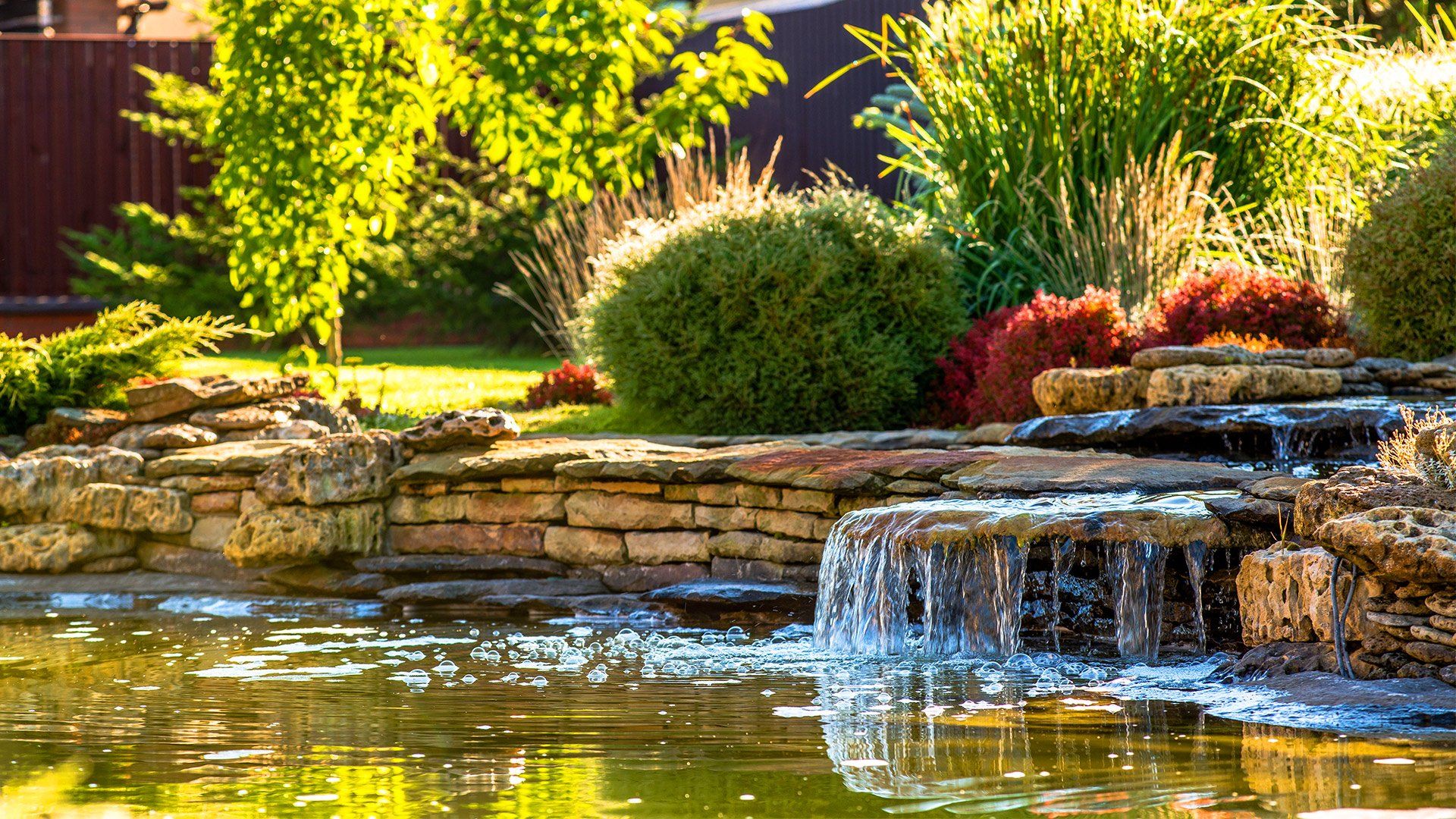
Installation and Maintenance
Preparing the Site
Proper site preparation is crucial for a successful rock landscaping project. The first step is to remove any debris, weeds, or grass from the designated area. This ensures a clean slate and prevents unwanted growth from interfering with the rock installation.
- Clear the area of leaves, branches, and any other trash or debris.
- Remove existing weeds or grass by digging them out with a hoe, shovel, or rake. Pulling weeds after rain when the soil is soft can make the process easier.
- Grade and level the area using a rake or shovel to ensure the rocks sit evenly. You may need to remove some soil to achieve the desired depth.
Once the area is cleared and leveled, it's time to prepare the base.
- If using a lining or underlayment, such as landscape fabric or polyester sheets, lay it down now. This helps prevent weed growth and provides a stable foundation.
- Add a layer of soil on top of the lining, which will help hold the rocks in place and provide nutrients for any plants you plan to incorporate.
Laying and Arranging the Rocks
With the site prepared, you can begin installing and arranging the landscaping rocks.
- Outline the area with larger rocks first, then fill in the center. Stagger the rocks instead of lining them up in rows for a more natural look.
- If using different rock sizes, start with the larger ones as focal points, then add smaller rocks around the perimeter for accents.
- For a more cohesive design, group rocks of similar sizes, textures, and colors together.
- If incorporating plants, create pockets or trenches for them, ensuring enough space for their root systems to grow.
- Use edging or borders to contain the rocks and prevent them from spreading.
The process of creating a rock landscape involves careful site preparation, thoughtful arrangement of the rocks, and ongoing maintenance for optimal longevity. By layering different rock sizes, textures, and colors, you can achieve visual depth and interest while seamlessly integrating complementary plants for a balanced and cohesive aesthetic. Contact Salinas Brothers to create your stunning patio or outdoor living space, expertly crafted with their high-quality landscaping stones.
Hire the Best Patio Designer, Brick Paver and Lawn Care Services for Illinois Neighbors!
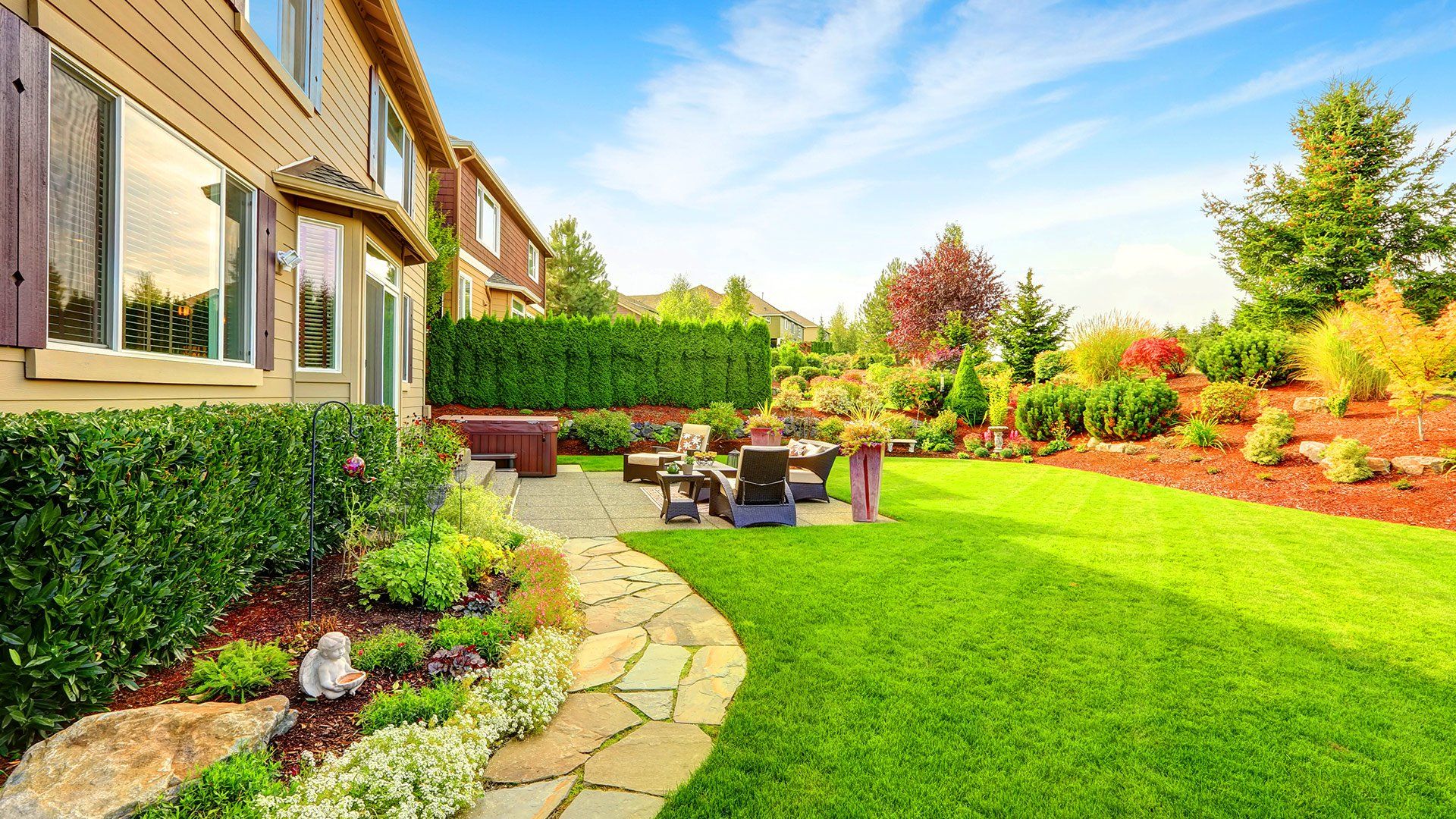



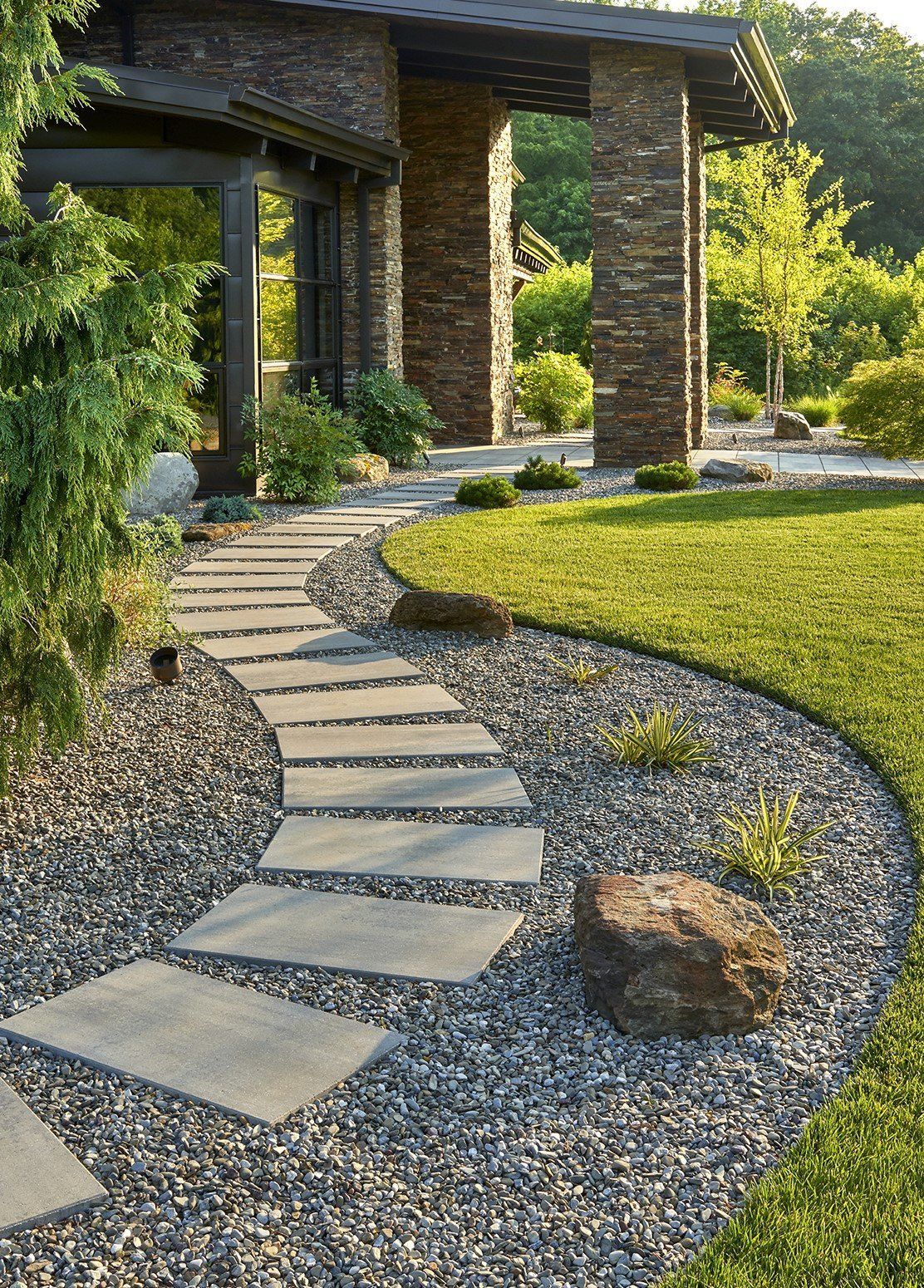
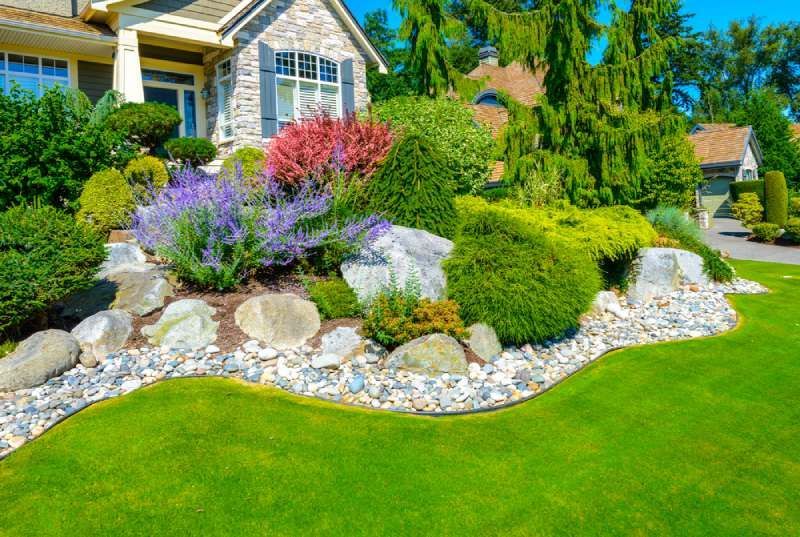
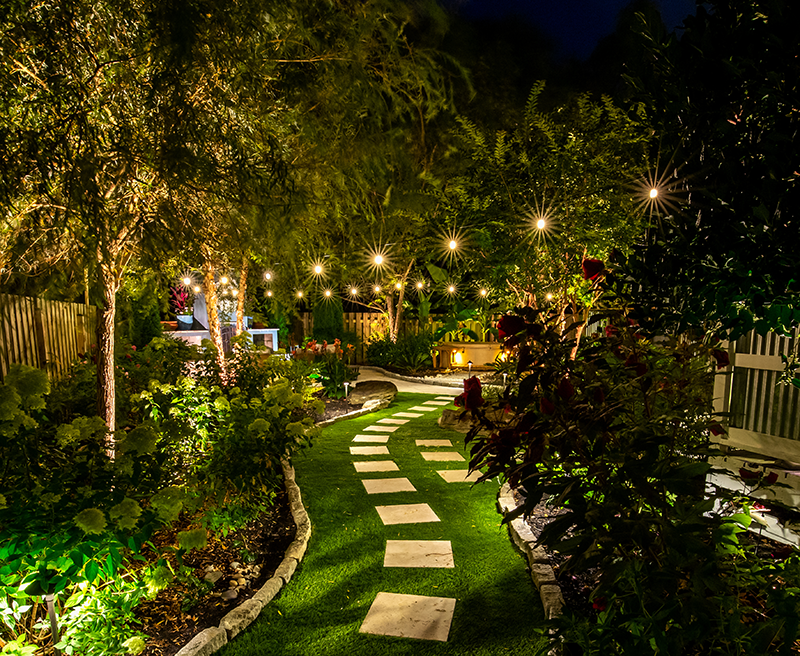

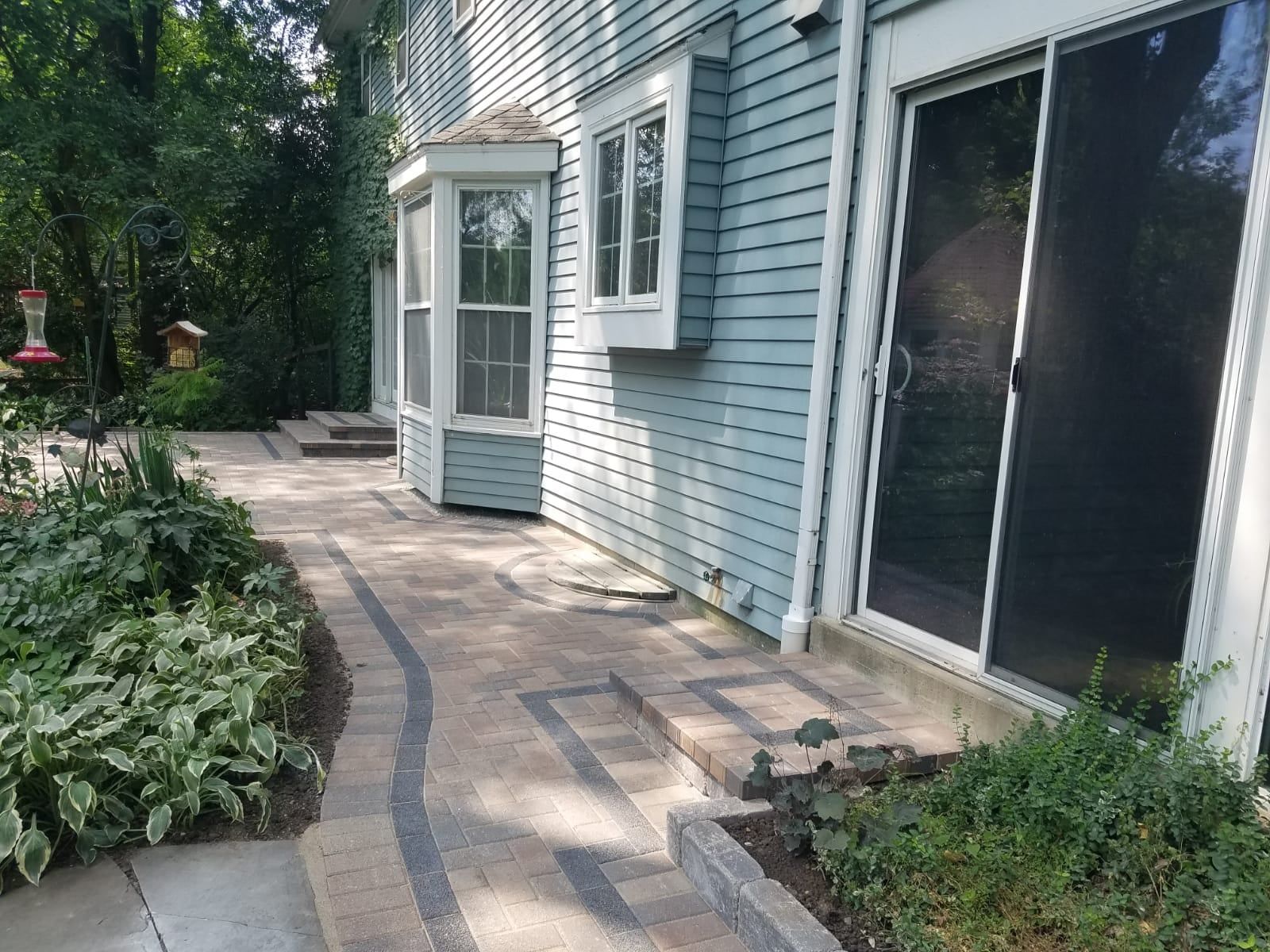
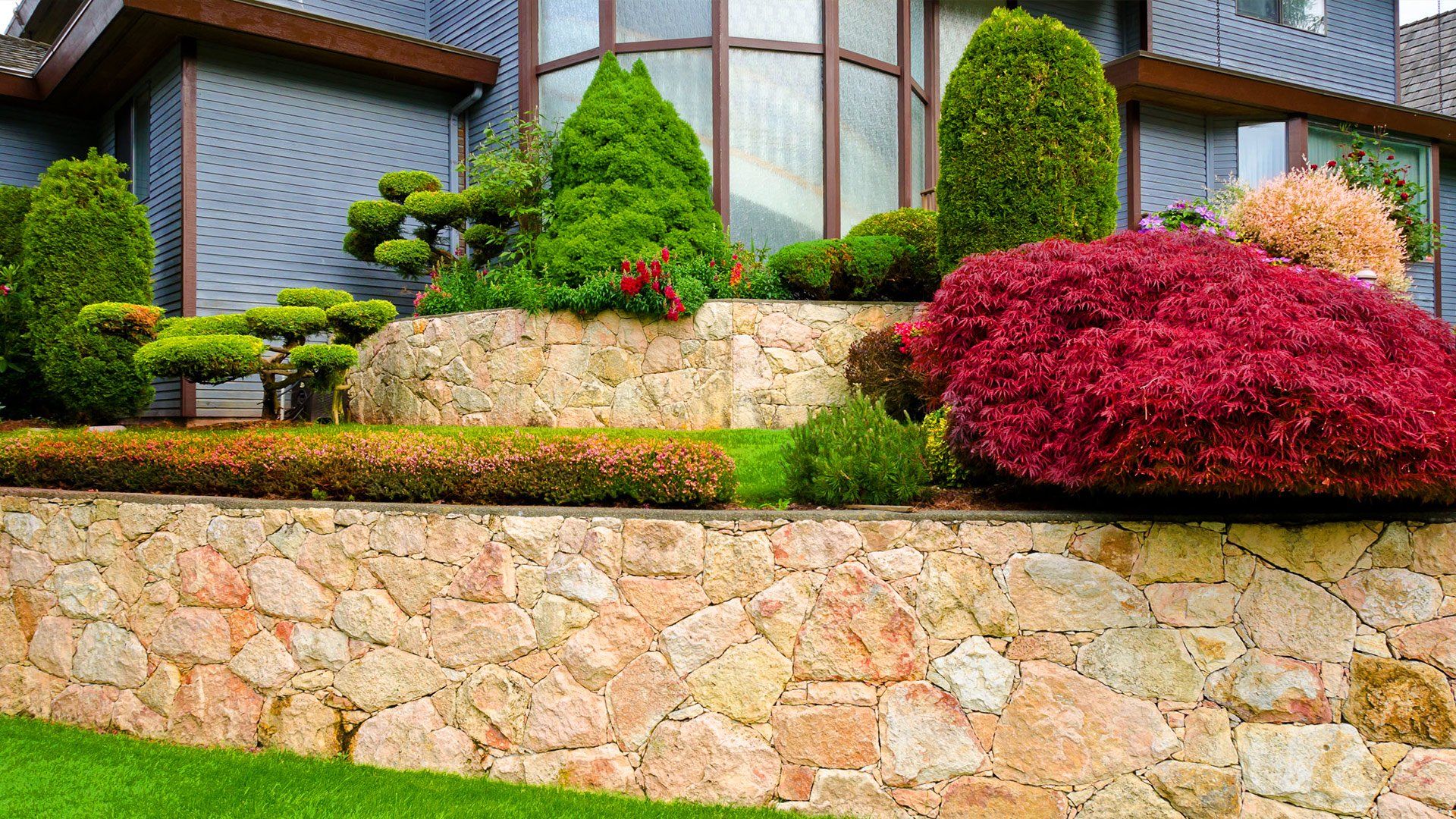


Share On: